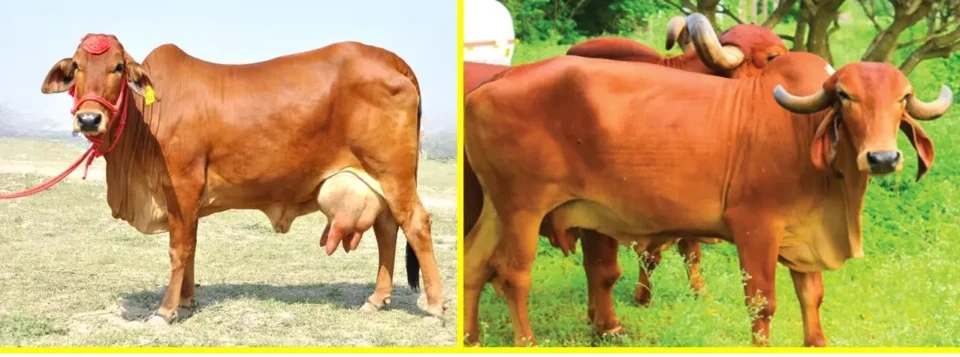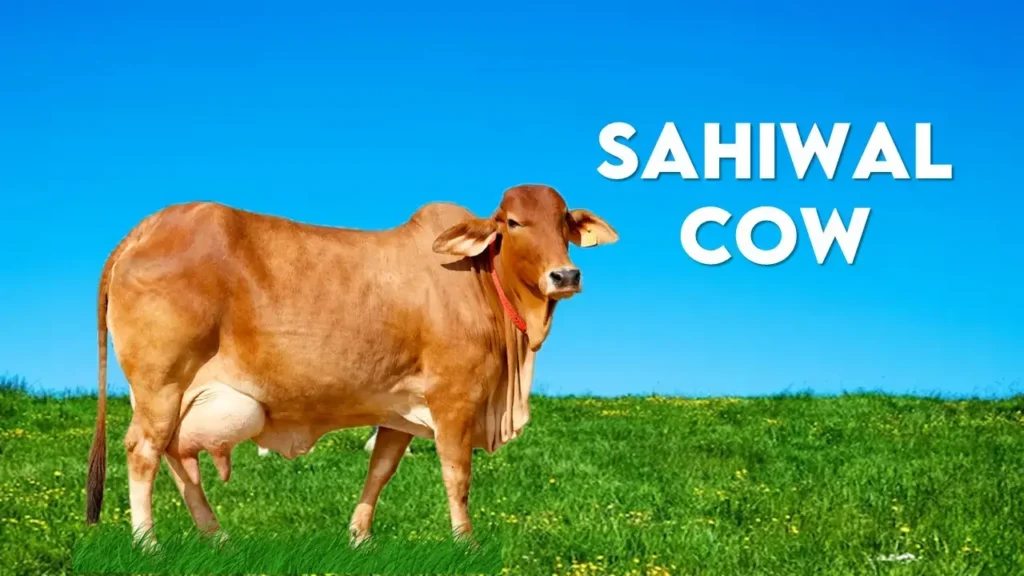On a Global note, India is the largest producer and consumer of Milk. For millenia, Milk has been a part of indian cuisine as a whole source of nutrients. Milk also contains a range of proteins, carbohydrates and fats that are essential for human growth.
The main sources of milk around the world are Cows, Buffalo, Sheep, Camel, and Goats, amongst which Cows are the Major Producer of milk. There are around 12 genetic variants of beta-casein found in milk, of which A1 and A2 being the most common. In the following article, let’s deep dive into the A1 and A2 type of milk and the main differences between them.
What is A1 Milk?
It is the most commonly available milk which is obtained from cows of Western origin like Holstein Friesian, Jersey, and British Short horn. etc. Although the main source of both A1 and A2 milk is cow only, the main difference lies in terms of the chemical composition of both. The essential component that decides whether the Milk is A1 or A2 is the protein present in them i.e. casein. In the A1 type of milk, when A1 beta-casein breaks down, it releases Histidine, which further leads to the formation of Histamine (which causes allergic reactions).
Further, the long-term consumption of A1 milk is associated with type-1 diabetes, heart disease, autism etc.
What is A2 Milk?
This type of milk contains the A2 type of beta-casein, which has become popular in recent times. A2 milk is obtained from cows with the A2 genetic characteristic. Historically, all Indian cow breeds naturally produced A2 protein in their milk. However, due to the increasing demand for higher milk yields, exotic cow breeds like Holstein and Jersey, which produce A1 milk, were introduced and bred with Indian cows. This practice led to the development of A1 beta-casein in the milk of crossbred cows. Which is why A2 milk is considered as “the original milk”. It is rich in protein and contains approx. 122 calories, 8 grams of proteins, 5% lactose, 5 grams of fats with 12 grams of carbohydrates. Along with this, it holds an enormous amount of omega-3 fatty acids that help in good functioning of the body.
An important feature of A2 Milk is that it is easily digested, due to the presence of A2 beta casein protein, Which Does not produce BCM- 7 during digestion.Other potential health benefits of A2 milk are:
- It helps to regulate blood pressure, as it contains potassium and magnesium.
- It supports mood improvement, as vitamin D (when present) plays a role in mental health.
- It also contributes for improving eye health, as it contains small amounts of vitamin A
A2 milk cow Breeds in India
Indian cow breeds like Gir, Red Sindhi, Sahiwal, Rathi, Haryana, and Kankrej are known for producing A2 milk. These breeds naturally produce milk with the A2 protein, which is considered healthier and easier to digest.

Why is A2 Milk so expensive?
Since A1 milk causes harmful effects on human health, the better and healthier alternative is A2 milk which is the most unadulterated and pure form of milk. Another aspect is the demand and supply of A2 milk. The consumption of the latter type is less and consequently the production, unlike the former one.
The A2 type of milk is produced only from cow breeds that have only the A2 type of beta-casein protein, which again has to be tested and verified. The nourishment of this milk, the texture, and the cream content are higher than the conventional /regular milk making it more expensive than the other types.
It is also easily digestible and hence recommended by doctors also for babies, toddlers, and pregnant women. Moreover, lactose-intolerant people can also consume A2 milk without hesitation because, in A2 type of milk, amino acid strand is different from A1 amino acid strand. The other benefits include: boosting immunity and weight loss, a healthy heart, and enhanced brain development.
Why does A2 Milk taste Different?
The main difference concerning different taste of both types of milk lies in the type of casein protein that they contain. A2 milk contains only A2 beta-casein protein, unlike A1 milk which has A1 beta-casein protein. This A1 beta-casein in A1 milk further breaks down into a peptide beta-casomorphin-7 (BCM-7) at the time of digestion. The specific taste influencing factor is this BCM-7 only which is absent in A2 type of milk, causing the latter milk to be milder and sweet along with easier on the digestive system.
Difference between A1 and A2 Milk | A1 vs A2 Milk
| Parameter | A1 Milk | A2 Milk |
| Source | The cow’s breeds of A1 milk are native to Northern Europe. | The breeds of A2 milk originated from India and Africa. |
| Effects on Health | Some people can’t digest it well. | It is easily digestible. |
| Protein Present | A1 Beta- Casein Protein | A2 Beta- Casein Protein |
| Nutrition | This milk is low in nutritional value. | It contains cerebrosides that increase brain power. |
| Consequences | Increases the chances of type 1 diabetes, heart disease, infant death and digestive problems. | No adverse effects on individuals. |
| Cow breeds | Holstein, Friesian, Ayrshire, and British Shorthorn. | Gir, Sahiwal, Kankrej, Congolese, rathi, Malnad Gidda etc. |
| Quality | Not suitable for free grazing in Indian tropical climate. | Free grazing and adopted to Indian weather for millenia. The milk quality if best. |
| Amino acids | Hisitidine is present. | Proline is present. |
Wind Up
So far in this article, we have gone through details of the A1 and A2 types of milk, the differences between them. Kesariya Farm is one of the organic farms spread over 30 acres, is well known for producing the best quality A2 cow ghee by using the traditional Vedic method. If cows are fed organic fodder, they produce the purest A2 milk, which is then used to make the renowned A2 ghee.
For the ever-growing demand of the dairy industry and its products by consumers, A2 milk proves to be the better option for those who experience some digestive discomfort after having regular cow’s milk. This time when the world is already fighting with issues like food scarcity and sustainability, local Indian cow breeds are best option for natural dairy farming in India. As they need less fodder, need no hormonal support, no antibiotics as they fall ill very rarely.
Latest Post
- September Issue 2025- Times of Agriculture Magazine
- Top 15 Fertilizer Companies in the World
- Top 10 Vegetable Farming Profit Per Acre in India
- August 2025 : Times of Agriculture Magazine (AgriVoltaics Farming)
- Button Mushroom Farming: Infrastructure, Cultivation, and Profitability
- Sahiwal Cow: Characteristics, Milk per Day, Price and Origin
- July 2025 : Times of Agriculture Magazine
- June Issue (2025) – Times of Agriculture Magazine
- How to Create Modern Commercial Greenhouse Agriculture
- REACH NEW HEIGHTS WITH YOUR BUSINESS AT VIETSTOCK EXPO & FORUM 2025
- Revamping Waste: A wish list This World Environment Day
- Types of Banana in India : Health & wallet friendly fruit














